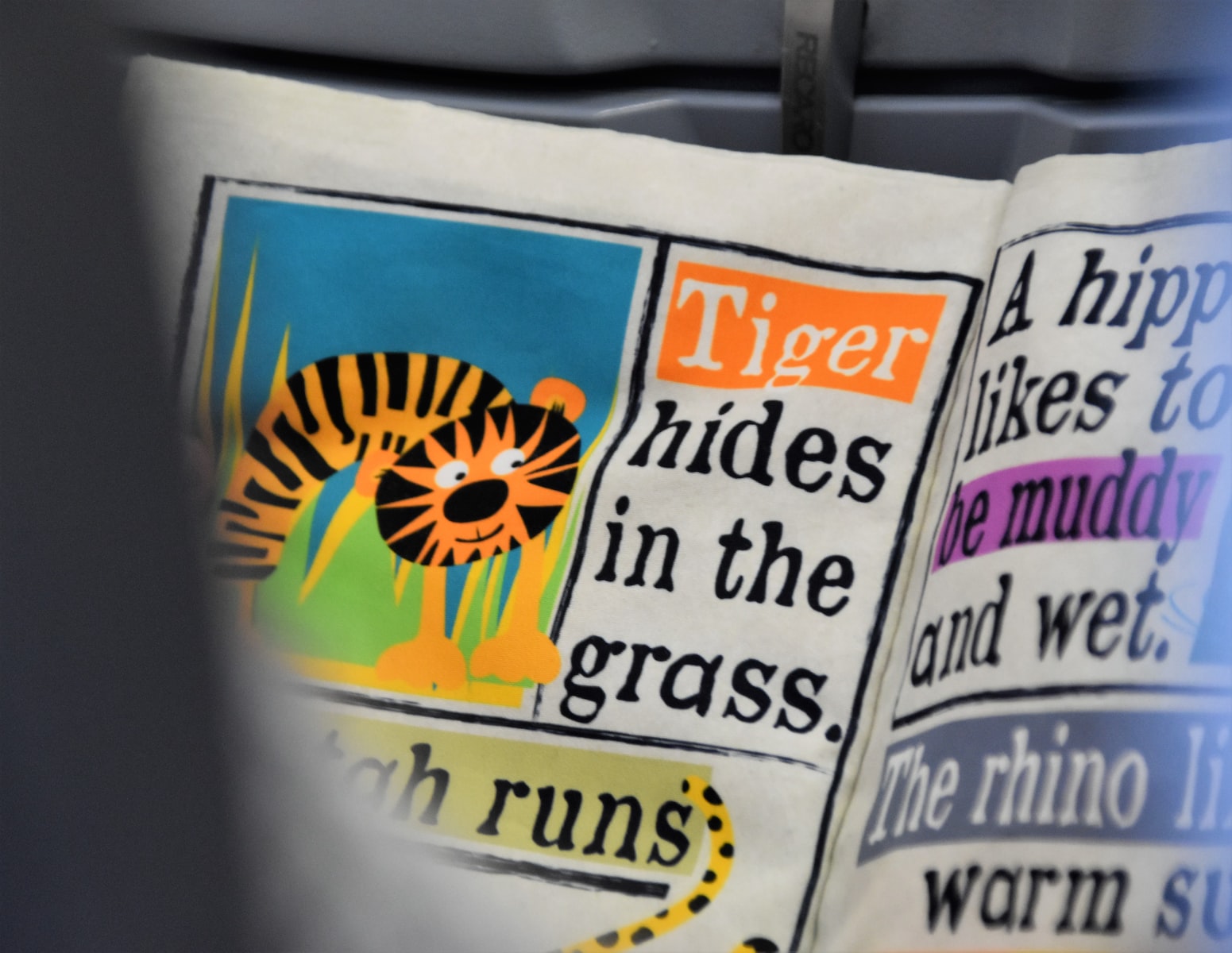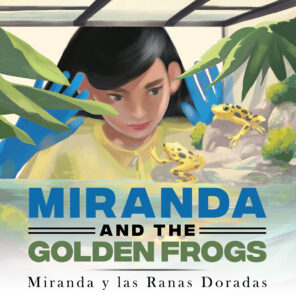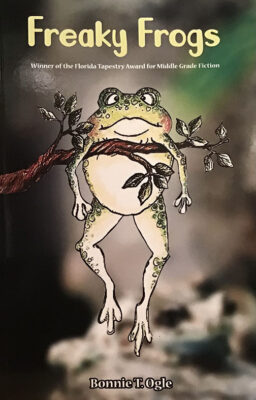
On January 8, 2023, the Writers Alliance of Gainesville general meeting attracted a large crowd of members and non-members alike
Apparently, everyone wants to write a children’s book. Witness best-selling authors John Grisham and Stephen King. Not to disparage these gifted authors’ work, but who can compete with them? It’s a given: with their platform and notoriety, they need not self-publish! Stiff competition!
For those without an established platform, the following discussion recaps the presentation.
First, and very important: Not all children’s books are alike.
The genre falls into these categories:
- Board books, babies and toddlers, 100 words, big pictures
- Picture books: 0-6 years, max 500 words. Check out A Formula for Writing Children’s Books, by Jennifer Dearinger, WAG president
- Early readers fiction. Kids who can read but not large blocks of text.
- Chap books, 7-9 years, 5,000-10,000 words, with few pictures
- Middle grade, more advanced readers, 30,000-50,000 words, fewer or no pictures
- YA (Young Adult), ages 12-18

We novices tend to think illustrations are the most important element—actually, that’s not the case.
Consider:
#1 – Topic:
Choose one that kids will relate to. We’re told “write what you know.” Uh uh. Write what you like, but make it something kids will be drawn to. Frogs, not atmospheric pressure!
#2 – Voice:
- Use a kid’s voice, not an adult talking to or about a kid. Don’t talk down to kids.
- Age/grade level. Google the Fry readability graph. It’s free and easy. Plug in a chunk of text. Go to the library and browse the kids’ books.
- Vocabulary. Consider your audience. Herpetology. Nope. Repetition is not a bad thing. Younger kids love it.
#3 – Characters:
- Your readers must connect with them. Don’t try for cute, or comic. Keep it simple. She was adorable Julie’s curly hair topped her tiny body and she was constantly blowing it out of her face. Julie blew the curls out of her face again.
- Same age or slightly older than your audience, never younger.
#4 – Audience:
Appeal to children and their parents. Who’s buying the book? Is it something a parent would want (or allow) their child to read?
#5 – Book cover:
Colorful, draws in passersby, large, bold title, with no fancy fonts.
#6 – Rhyming:
To Rhyme or not to Rhyme? Rhyme works best in early readers’ books. But is it distracting to the story? Slant rhymes? Don’t. These are forced, to serve your purpose, but throw the reader off track. Examples are crate and braid, book and mood.

A final note from this grandmother to others out there. Don’t be intimidated by the publishing juggernaut. If you want a limited number of books for your family and friends, consider taking the manuscript to a local printer for printing. Or publish on Kindle Direct Publishing (KDP), a print-on-demand service that costs nothing except for the cut Amazon takes after printing. You have a wealth of talent and history. Get it down! Good luck, children’s writers!
For Further Reading:
Children’s Writer’s & Illustrator’s Market (33rd edition, Writer’s Digest Books, 2022)
_______________________
[Editor’s note: WAG would love to see articles on any and all topics of interest to writers. Please send your ideas or finished pieces to Cynthia D. Bertelsen at BlogEditor@writersalliance.org for consideration. Remember: these posts are more than just posts, for they are actual articles and can be cited in your CV/résumé in the same way you would a short story, essay, or any other writing credit you may possess.]

Jenny Dearinger
Nicely explained!
It was a very good program that the Writers Alliance gave on Sunday, Jan.8. I hope a lot of passionate people will be inspired!
Susie H. Baxter
Thanks for the program and your blog posts. You’ve given inspiration to many.
Erwin Wunderlich
Not easy with the art piece as well. Color pages are fairly expensive too nowadays. I would add that on Topic, it might be an old family story experienced (may not want to lose it to Father Time).